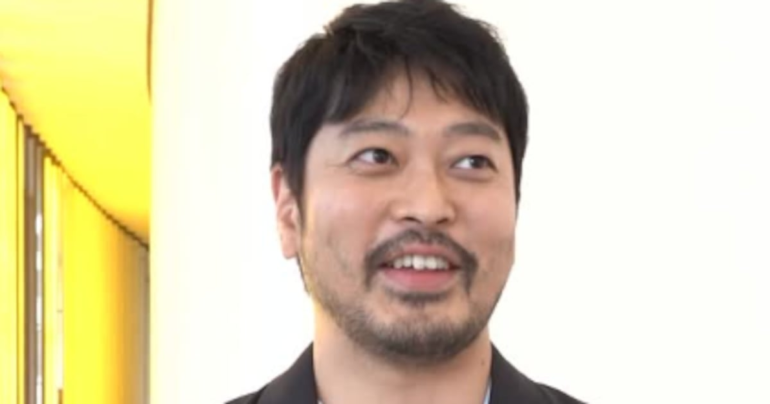Japanese menswear brand Soshiotsuki took home top honours at the LVMH Prize’ 2025 edition, presented in Paris Wednesday.
The brand, founded by designer Soshi Otsuki, is known for its voluminous 80s-inflected tailoring inspired by Japanese “salarymen.” It was already a semi-finalist in the prize’s 2016 edition.
This time, the designer’s mix of technical, considered details and unique philosophy for design and manufacturing won over the jury, composed of a panel of the luxury group’s top executives and creative directors. “He expressed emotion and know-how. There’s the way he constructs tailoring — it’s very detailed — the way he sources materials, and then there’s this creative spirit,” prize founder Delphine Arnault said. “It was quite unanimous.”
Otsuki, who speaks through a translator, cited inspirations as diverse as Armani, Rei Kawakubo, Hedi Slimane and Ron Howard’s 1986 film “Gung Ho.”
“I’m drawn to that wide shoulder, to the contrast between a generous cut on a smaller frame,” he said. “It’s not always obvious why the garments are interesting; it’s not so easy to see all the details — so I was really happy the jury appreciated it,” he said.
Otsuki is a graduate of Tokyo’s Bunka Fashion College, whose alumni include Kenzo Takada, Yohji Yamamoto, Nigo and Junya Watanabe. As the grand prize winner, the brand will receive €400,000 and mentoring from Loewe chief executive Pascale Lepoivre.

Steve O Smith took home the runner-up Karl Lagerfeld Prize (€200,000). The London-based designer showed a collection of translucent, fluid garments adorned with black appliqués based on the designer’s ink drawings. Smith’s drawing practice is often informed by the works of Otto Dix, Edvard Munch or more recently American magic realists like Paul Cadmus and Enrique Grau.
The Central Saint Martins graduate is set to move his label out of his apartment and into its first studio. The first investment he’s excited to make after winning the prize? A suction table for properly steaming garments and materials. “I’m not being twee — I’m excited to have the necessary machinery to expand,” he said.

The runner-up Savoir-Faire Prize (€200,000) went to Torishéju, helmed by Torishéju Dumi, also a London-based Central Saint Martins grad. Dumi’s work focuses on organic, sculptural reinterpretations of wardrobe staples — often in deep shades of black. “With black I can just create a silhouette first. We do do colour, but what I love about black is the way it allows you to look at the cut of the garment and its shape,” she said. She referred to her design practice as “obsessive experimentation in pattern and form.”
Dumi is planning her next show for October at Paris Fashion Week.
Other finalists included Alainpaul, August Barron (recently rebranded from All-In), Francesco Murano, Tolu Coker and Zomer.
In addition to Arnault, jury members included Jonathan Anderson, Sarah Burton (who joined the prize programme this year following her debut as artistic director of Givenchy), Nicolas Ghesquière, Marc Jacobs (absent due the Venice debut of Sophia Coppola’s documentary about him), Stella McCartney, Nigo, Phoebe Philo, Silvia Venturini Fendi, Pharrell Williams, Jean-Paul Claverie and Sidney Toledano.
Learn more:
Japan’s Next Emerging Designer Wave
From Viviano Sue to Soshi Otsuki, a new generation of Tokyo-based designers are preparing to make their international breakthrough.
Disclosure: LVMH is part of a group of investors who, together, hold a minority interest in The Business of Fashion. All investors have signed shareholders’ documentation guaranteeing BoF’s complete editorial independence.
